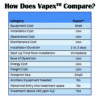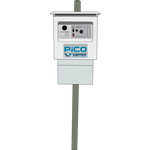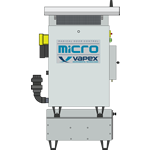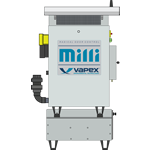
With residential areas being developed closer and closer to wastewater facilities, municipalities are taking into consideration the safety aspects odors cause to residents and workers alike. In addition to odor complaints, high levels of H2S may cause violations in regulatory requirements depending on local regulations and limits. For these municipalities, acknowledging the need to control odors is only the beginning of finding a solution.
Identifying where the odor is coming from can be tricky. Many factors influence odor such as loadings, wind velocity, and temperature. These factors change during specific periods of the day, week, and year which results in a fluctuation of odors. Many municipalities are trying to figure out how to track these odors and what factors should be anticipated.
One form of tracking H2S is with a monitoring system that analyzes the levels of H2S. Several of these monitoring systems vary to meet different objectives. For instance, a small odor monitoring system would be ideal for immediate real-time results. In contrast, a more extensive odor monitoring system contains additional features that can include monitoring meteorological conditions.
Ultimately, to find the best odor control technology for your wastewater infrastructure, tracking the odors and pinpointing variables that affect odor is a best practice that should not be neglected.







